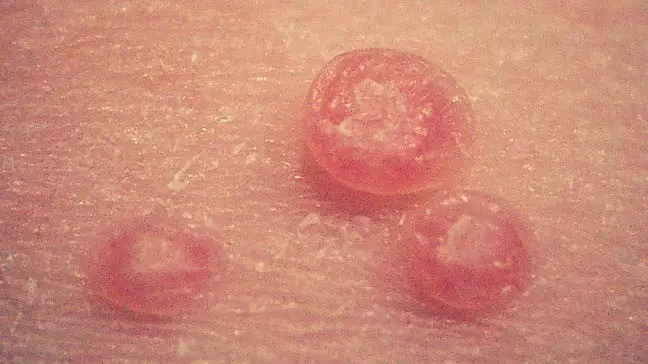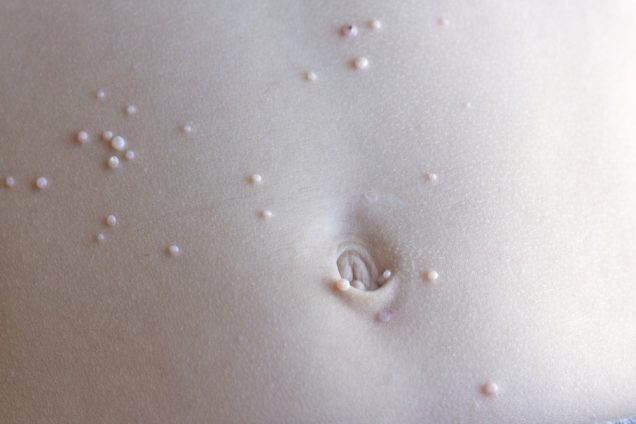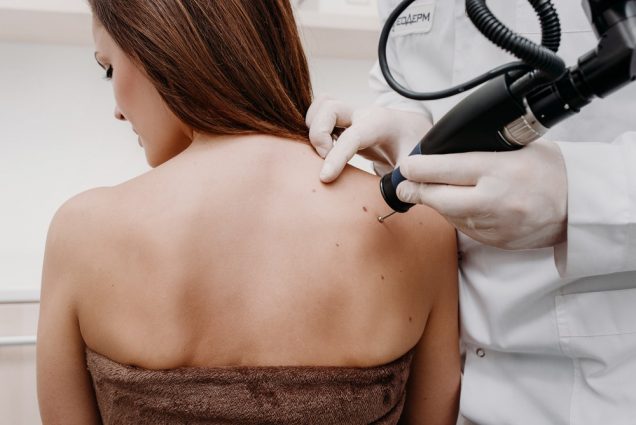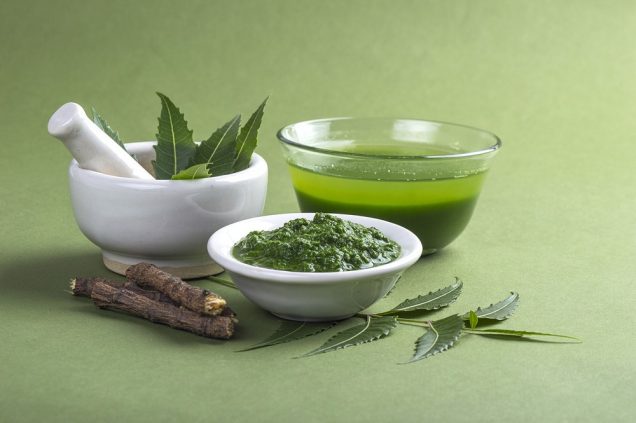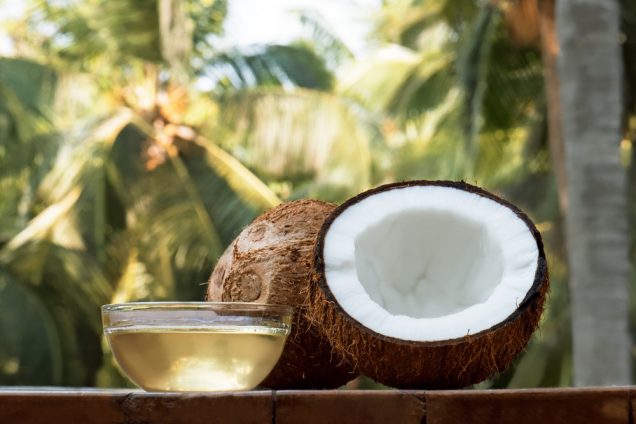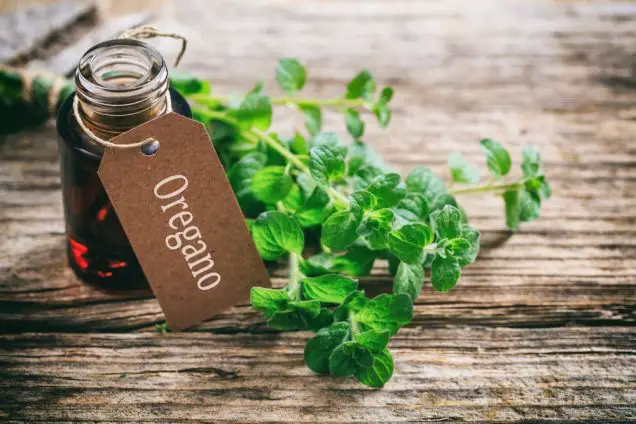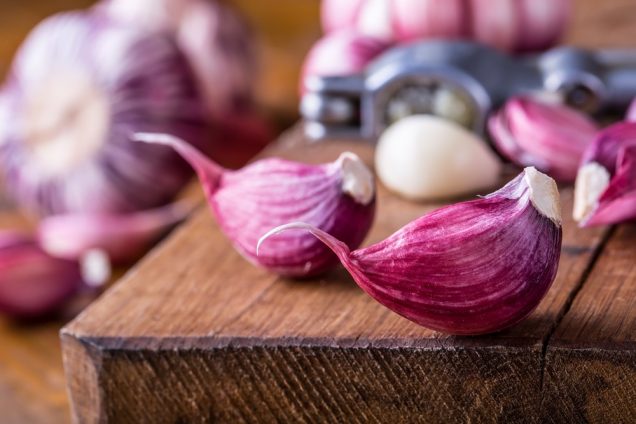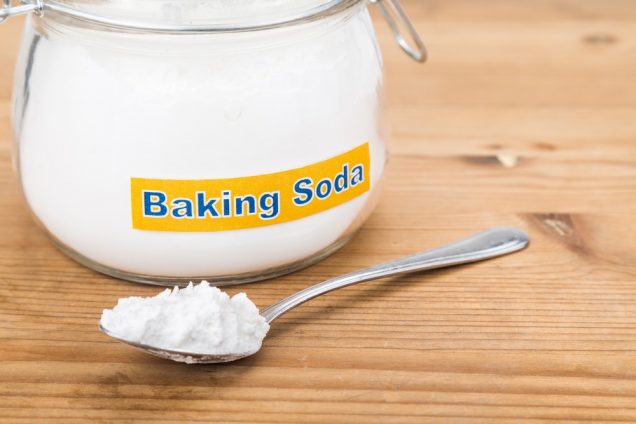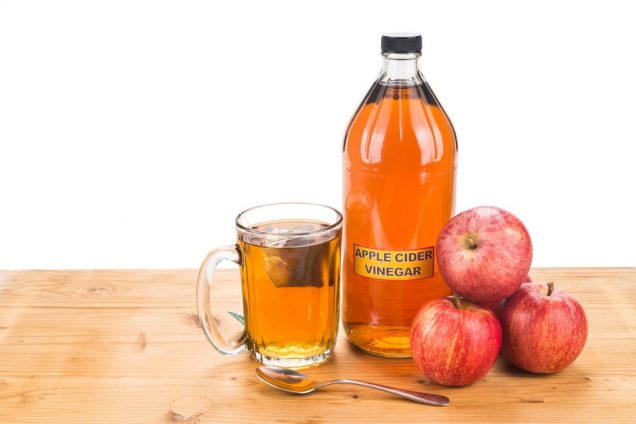Molluscum Contagiosum
Contents
What is molluscum contagiosum?
Molluscum Contagiosum is a viral infection that affects individuals regardless of their age and gender. The symptoms of the infection include the formation of small flesh-colored bumps on the skin. The spots have an indent in the center. Molluscum Contagiosum spreads but is not harmful. The bumps are not painful but can cause itchiness.
Who is more vulnerable to Molluscum Contagiosum?
Although the virus can affect anyone, there are some specific conditions when a person becomes an easy target for the virus. People who are more likely to get this virus include:
- Children aged between 1 and 10
- People with weak immune system (those with AIDS or having chemotherapy, steroid or cancer treatment)
- People having atopic dermatitis
- People having skin-to-skin contact with the infected person
How is Molluscum Contagiosum contracted?
The virus is contagious. It usually spreads through skin-to-skin contact that includes sexual contact or touching the bumps. Moreover, it is contracted by using the objects of the infected person such as towels, clothing, toys or any other item that has been contaminated.
You might also get infected during the contact sports that involve touching the skin. Football and wrestling are some of the sports that might cause the virus to transfer from one person to another. Touching sports equipment that is touched by the bare skin also spreads the infection. The common equipment includes football, gloves, helmets or wrestling mats.
Molluscum Contagiosum not only spreads from one person to another but also from one part of the body to the other parts. You can spread the virus in your body by touching, scratching or squeezing the spots. The thick yellowy-white substance, when released after the bump has been ruptured, is highly infectious.
Symptoms of Molluscum Contagiosum
The main symptom of the infection is the formation of a number of raised spots on your skin.
- The bumps are firm and dome or pear shaped
- They have an indent or dimple in the middle
- Bumps are usually less than 5mm (0.5 cm), but can be bigger and more prominent
- They are pink or red in color
- Bumps have a white or yellow head in the center
- There is a red and cracked skin around the bumps
- Spots are Itchy
- Usually, there are around 20-30 bumps
- People with weaker immune system can have more spots
The most affected parts of the skin include
- Face
- Neck
- Limbs
- Torso
- Genitals ( infection spreads after sexual contact)
Treatments for Molluscum Contagiosum
The spots are easy to recognise. The infection can be diagnosed without the need for tests. Moreover, the treatment for this infection does not require a routine check-up. Usually, the virus vanishes in around 6-18 months without medical treatment. However, treatment is recommended for people who have unpleasant and prominent spots which, in turn, affect their life. People with weak immune system are also advised to have a proper check-up and treatment for this infection.
MolluDab
MolluDab is the most recommended remedy to treat Molluscum Contagiosum. It is a topical treatment that helps to get rid of the virus and eliminates the bumps caused by it. Not just this, it does not cause any scarring or pain associated with other physical methods.
How does MolluDab work?
MolluDab comprises of 5% potassium hydroxide. It clears up the virus by boosting the immune system. Adding drops of MolluDab twice a day on the infected areas causes the skin cells to break which, in turn, activate the immune system and enable it to take action. After 4-6 days, the treatment clears the virus. It takes around 1-5 weeks to heal the skin and get rid of the lesions.
Some of the other treatments include:
Molluscum Cryotherapy
Molluscum Cryotherapy involves the use of liquid nitrogen (-196oC) to freeze the bumps. It is applied directly to the infected areas. The skin lesions are destroyed by this treatment. The benefits of the therapy are that it is quick and does not require any further treatment after freezing.
Curettage
In this treatment a curette is used to remove the lesion. It is placed over the bump, and a pressure is applied causing the piercing and removal of the lesions.
Topical treatments
Your GP applies creams containing acids and other effective chemicals on the bump. The process stimulates the peeling of the top layers of the skin.
Molluscum Contagiosum cure – home/natural remedies
Neem
Neem is an effective medicinal herb and is widely chosen for its capabilities to treat virus. It is also known as antiviral substance. Neem has the tendency to eliminate the virus.
To treat Molluscum Contagiosum, you need to boil the neem leaves in water and then apply that mixture on the affected parts.
Coconut oil
Coconut oil plays a great role in treating a range of skin diseases. Its antifungal, antiviral as well as antibacterial properties make it the best solution.
Oil, when applied on the infected areas, reduces itchiness and helps you get rid of the bumps.
Oregano oil
Oregano oil comprises of antioxidant compounds such as thymol and rosmarinic acid which boost the immune system to eliminate the virus.
Garlic
Garlic enhances the functionality of the immune system, thus enabling it to fight back the viral infection.
You need to cut the garlic into small pieces, apply them on the affected areas and cover the parts with a bandage. Wash the areas with water.
Baking soda
The antioxidant properties make baking soda an effective treatment for the viral infection.
Add 2-3 teaspoons of baking soda in water, mix it, and heat the mixture for 20-25 minutes. Use a cotton cloth to apply the mixture on the affected parts. Doing this daily for 10-15 minutes combat virus.
How apple cider vinegar helps in treating Molluscum Contagiosum?
Apple cider vinegar has great antibacterial and antiviral qualities. It does not have any side effects. Therefore, it is a suitable treatment for Molluscum Contagiosum. It can be applied on children and babies as well. You need a cotton ball soaked in apple cider vinegar. Dab the affected parts with the ball and allow the vinegar to dry on the skin. Wash the parts with warm water. Do this 2-3 times a day.
FAQs
Is there a cure for Molluscum Contagiosum?
Doctors apply various treatments to kill the virus completely. They can apply MolluDab or remove lesions by using a curette. Other treatments include the Cryotherapy which involves liquid nitrogen to freeze the spots. If you prefer home remedies then apple cider vinegar, coconut oil and neem are some of the effective solutions.
How can children with Molluscum Contagiosum be treated?
The small bumps usually go away without treatment within 12-18 months. However, there are various treatments to fight back Molluscum Contagiosum. Children can be treated with Curettage, Cantharidin, Keratolytic or Imiquimod. However, Curettage has been found the most effective treatment and has the lowest side effects. Keratolytic therapy causes the skin to loose and shed. However, it might cause irritation. Imiquimood is more effective than Cantharidin but is expensive.
How can adults with Molluscum Contagiosum be treated?
Cryotherapy, Curettage, Laser therapy and topical therapy are some of the treatments that combat the virus. In some cases, the treatment may be painful and cause scarring. Anesthesia is used where required, especially during the Curettage. Since each bump is treated therefore the treatment may require more than one session. Here are some of the medications a GP prescribes:
- Trichloroacetic acid
- Cantharidin (Cantharone)
- Topical podophyllotoxin cream
What is genital Molluscum Contagiosum?
One of the causes of Molluscum Contagiosum is sexual contact. Sexually transmitted Molluscum (bumps) appear on genital areas.
What causes Molluscum Contagiosum?
Molluscum Contagiosum is caused by:
- Skin-to-skin contact (touching the bumps or sexual contact)
- Using the objects of infected person (e.g. towels, clothes)
- Playing contact sports which involve bare skin contact (football or wrestling)
The virus spreads by scratching or squeezing the bumps.
Is Molluscum Contagiosum an STD?
Yes, Molluscum Contagiosum is an STD. In adults, it usually spreads through sexual intercourse.
Is Molluscum contagiosum curable?
Yes, Molluscum Contagiosum is curable.
Is Molluscum Contagiosum a virus/infection?
Yes, Molluscum Contagiosum is a viral infection.
What are the stages of Molluscum Contagiosum?
Beginning stage
Molluscum appears as pin sized bumps in its starting stage. The bumps are in clusters and are difficult to see in normal light. Some get few bumps whereas some might get hundreds of bumps on various parts of the body.
Developing
The bumps grow and develop into pearly bumps. Some of the initial stage bumps develop a pus head with an indent. This is a contagious stage. If there are few pus head bumps, then they can be treated quickly. However, a greater number of such bumps require prolonged treatment.
Burst Molluscum
Once the pus head burst, the appearance of the bumps changes. They become raised spots. The infection is at its peak and causes inflammation in the surrounding areas. The burst bumps are likely to infect other parts of the body and hence spreads the viral infection.
What causes Molluscum Contagiosum on penis?
Sexually active people are likely to get Molluscum Contagiosum on penis. Bumps on this area means the virus has been spread through sexual contact, but that’s not the only cause of the virus. It is wise to consult a doctor if a person gets molluscum on or around penis.

